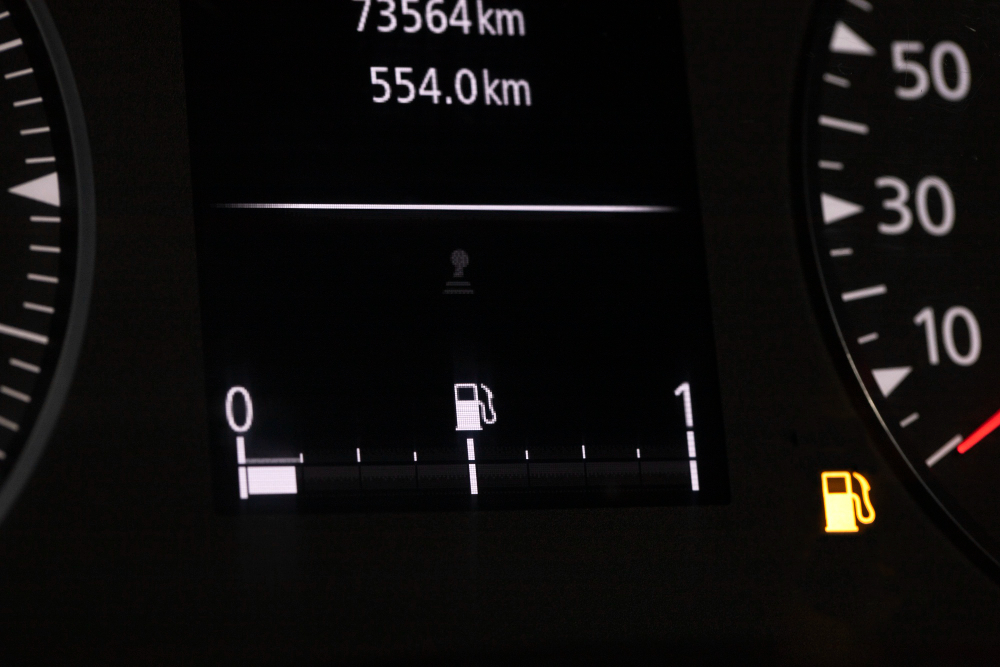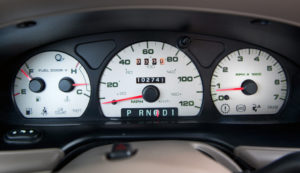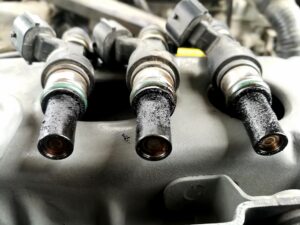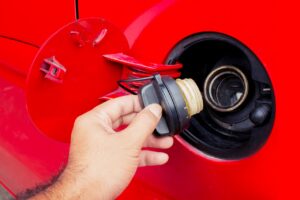That fuel light just blinked on while you’re cruising down I-240, and your mind starts racing about whether you’ll make it to your destination. We’ve all been there, calculating distances and eyeing that fuel gauge with growing concern. At Trustworthy Towing Service, our team has rescued countless Memphis drivers who’ve pushed their luck a bit too far while driving with the fuel light on. While we’re always ready to help with fuel delivery at (901) 401-4025, we’re here to share crucial information about what that fuel light really means and how far you can safely drive.
In this comprehensive guide, you’ll discover the real story behind your fuel gauge, learn about safe driving distances when running low, and understand the risks of pushing your tank to its limits. Let’s dive into the facts and dispel some common myths about driving with the fuel light on.
Understanding Your Fuel Light: More Than Just a Warning
Your fuel light isn’t simply a suggestion – it’s your vehicle’s way of communicating a critical situation. Modern vehicles typically trigger the warning light when about 10-15% of fuel capacity remains. However, this percentage varies significantly between manufacturers and models.
The Truth About Fuel Gauges
Your fuel gauge doesn’t actually measure fuel directly. Instead, it relies on a float-based sensor system that estimates remaining fuel. This system isn’t always perfectly accurate, which explains why sometimes you can drive surprisingly far after the light comes on – and other times, not so much.
Different Warning Stages
Many modern vehicles feature multi-stage warning systems. You might notice a yellow light first, followed by a red warning light or continuous beeping. Some advanced systems even provide estimated remaining miles, though these calculations aren’t always reliable, especially in varying driving conditions.
How Many Miles Can You Drive With The Fuel Light On? It Depends
Several crucial factors determine your remaining driving distance when that light illuminates. Let’s break down what affects your actual range.
Vehicle-Specific Factors
Your car’s make, model, and year play significant roles. Newer vehicles tend to have more accurate fuel monitoring systems and larger reserve capacities. A Toyota Camry might give you 30-50 miles of range after the light comes on, while a Ford F-150 might offer less due to its higher fuel consumption rate.
The age of your vehicle also affects fuel efficiency. Older engines typically become less efficient over time, reducing the distance you can travel on reserve fuel. Regular maintenance, including fuel system cleaning and air filter replacement, helps maintain optimal efficiency.
Memphis Driving Conditions Matter
Local driving conditions significantly impact your remaining range. Stop-and-go traffic on Poplar Avenue burns more fuel than cruising steadily on I-40. Summer heat in Memphis means increased AC usage, which affects fuel consumption. Heavy loads, whether it’s passengers or cargo, also reduce your remaining driving distance.
Road conditions and driving style make a difference too. Aggressive acceleration, frequent braking, and hills consume more fuel than steady, moderate driving on flat terrain.
The Real Risks of Running on Empty
Mechanical Consequences
Driving with very low fuel levels can cause serious mechanical issues. Your fuel pump relies on fuel for cooling and lubrication. When fuel levels drop too low, the pump can overheat and fail – a repair that often costs hundreds of dollars.
Additionally, sediment and debris typically settle at the bottom of your fuel tank. Running on very low fuel forces your engine to use this contaminated fuel, potentially clogging fuel filters and injectors.
Safety Concerns in Memphis Traffic
Running out of fuel on busy Memphis highways creates dangerous situations. Sudden stalling in heavy traffic on Sam Cooper Boulevard or I-240 puts you and other drivers at risk. Summer heat makes waiting for assistance particularly uncomfortable and potentially dangerous.
Night breakdowns present additional hazards. Limited visibility and reduced traffic make running out of gas after dark especially risky in less populated areas.
Smart Fuel Management for Memphis Drivers
Prevention Strategies
- Fill up when your tank reaches quarter-full
- Use apps to track local gas prices and station locations
- Keep track of your typical fuel consumption
- Plan refueling stops before long trips
- Consider keeping a small emergency fuel container (properly stored) for emergencies
Memphis-Specific Tips
Local traffic patterns affect fuel consumption significantly. Morning rush hour on I-40 burns more fuel than off-peak driving. Plan your refueling around these patterns, and know which gas stations along your regular routes offer the best prices and easy access.
Keep in mind that Memphis’s summer heat can increase fuel evaporation. Parking in shaded areas and avoiding fuel stops during the hottest parts of the day can help maintain fuel efficiency.
When You’re Running on Empty in Memphis
If you realize you can’t make it to a gas station, don’t panic. Follow these steps:
- Activate your hazard lights
- Move to the right lane
- Look for safe areas to pull over
- Choose well-lit locations if possible
- Stay in your vehicle with doors locked
- Call for professional assistance
Emergency Kit Essentials
Prepare for fuel emergencies by maintaining an emergency kit containing:
- Flashlight with extra batteries
- Reflective warning triangles
- Basic tools
- Phone charger
- Water and non-perishable snacks
- Local service station information
- Emergency contact numbers
The Bottom Line on Fuel Light Driving
While your vehicle might be able to go 30-50 miles after the fuel light comes on, treating this as a regular practice puts you at risk. At Trustworthy Towing Service, we recommend never letting your tank go below quarter-full. However, if you find yourself in a tight spot around Memphis, our fuel delivery service is just a call away at (901) 401-4025.




